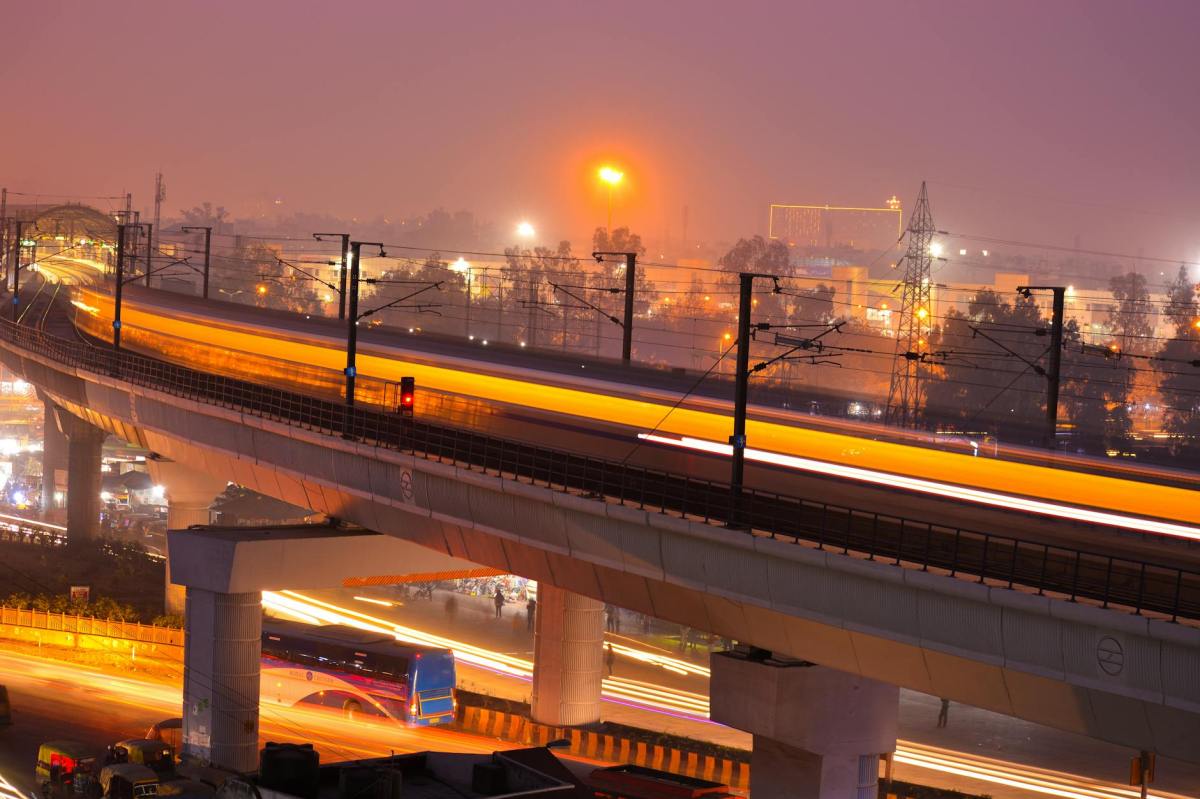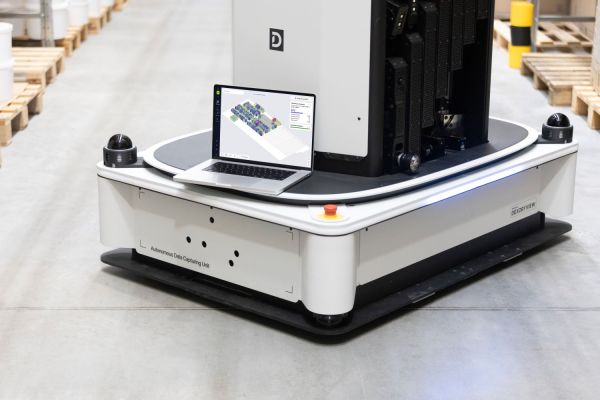The Internet of Things, understood as technology through which different devices and objects can connect and exchange data, is improving many aspects of our daily lives, examples of which include agriculture, waste management and the smart home.
Mobility is another area where IoT technology is helping to simplify processes and optimise management.
Impact of the Internet of Things on mobility
IoT brings efficiency and safety to urban mobility, changing the transport experience through better traffic management.
In general terms, we could say that the Internet of Things makes cities smarter and urban systems more convenient and easier to manage.
This technology affects numerous issues related to transport and mobility, affecting urban traffic, public transport, electric vehicle charging and even the management of transport vehicle fleets.
Urban traffic
Some of the advantages of applying IoT to urban traffic in the field of mobility include reducing congestion levels, anticipating possible accidents, reducing pollution levels and even facilitating emergency alerts.
- Avoiding congestion. By having the ability to coordinate traffic lights according to vehicle flows, efficiency can be optimised by reducing travel times.
- Road safety. With the implementation of cameras and sensors that analyse the environment looking for incidents and/or potentially dangerous situations, certain scenarios can be anticipated and potential collisions prevented, which results in greater safety for both pedestrians and drivers themselves, regardless of the type of vehicle they are driving.
- Reduction of environmental pollution. The fact that information on air quality indices and the resulting pollution is available in real time means that the necessary decisions to improve these standards can be modulated.
Public transport
IoT can also be used to manage public transport systems more efficiently.
For example, having real-time information that can be transferred to users in order to be able to know in a precise and updated way the changes in the departure and arrival times of the different services, which results in a possible better planning of journeys and, indirectly, a reduction in waiting times.
The connectivity offered to users on certain types of journeys, albeit from a leisure perspective, also serves to provide a better user experience by widening the range of things to do during journeys.
IoT technology can be used to make payment systems and even passenger identification systems on different types of public transport faster and more secure.
Electric vehicles
With the growing use of electric vehicles, IoT connectivity will be needed for things like letting users know the location of charging points and managing charging systems.
IoT fleet management
Planning and monitoring transport operations can also be supported by Internet of Things tools.
Some of the possibilities for fleet management include tracking vehicles, collecting information to interact with the driver or generating vehicle performance reports.
Similarly, IoT can be used to monitor routes, report vehicle status, plan routes based on possible incidents or control the goods in the event that by its nature it has to be kept in certain temperature conditions, for example.
Conclusion
Many aspects of mobility, such as road traffic, public transport or transport fleet management, can be improved by the advance of technology in general and the Internet of Things in particular.
More detailed information or real-time data can be used for more efficient, sustainable and safer management.











